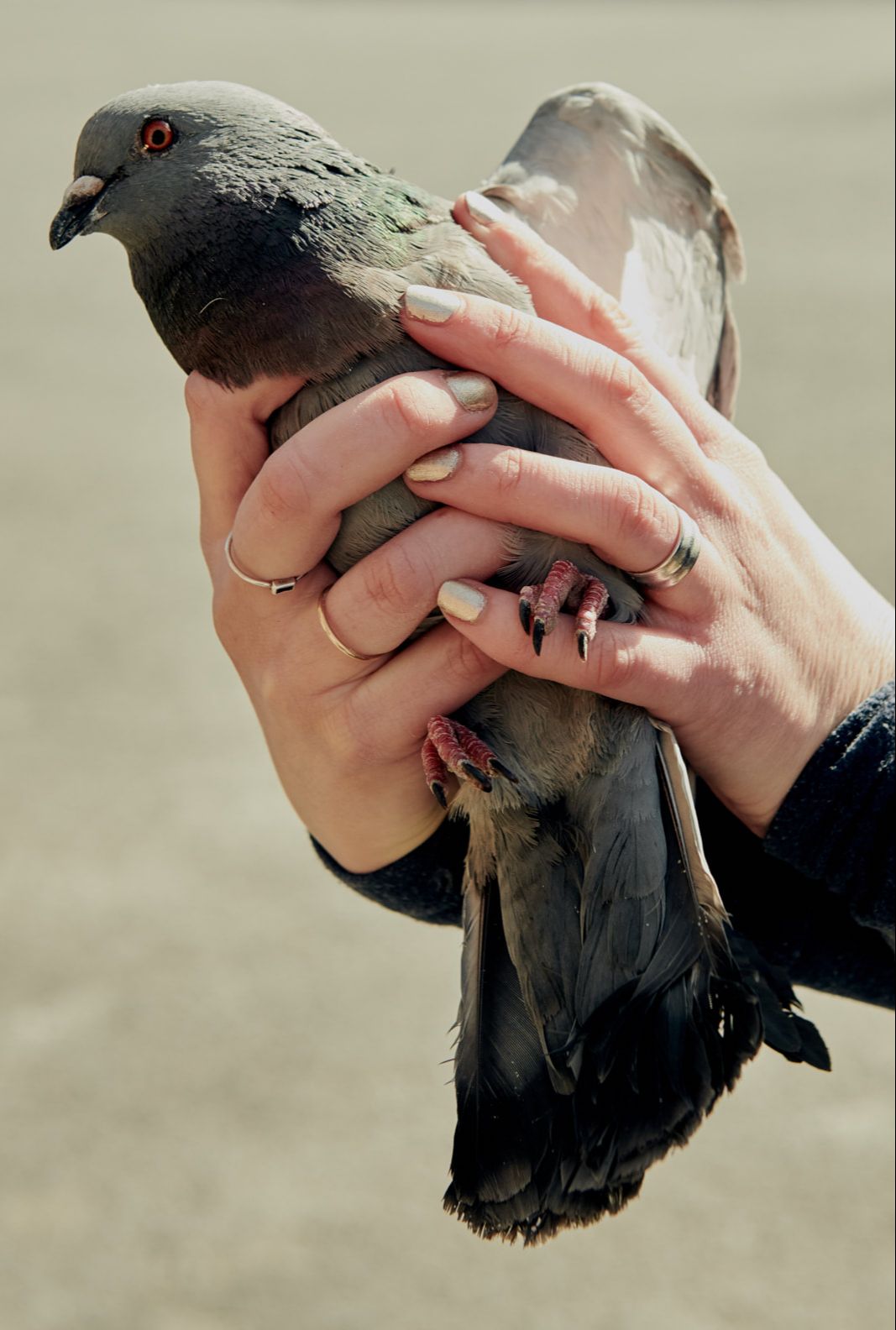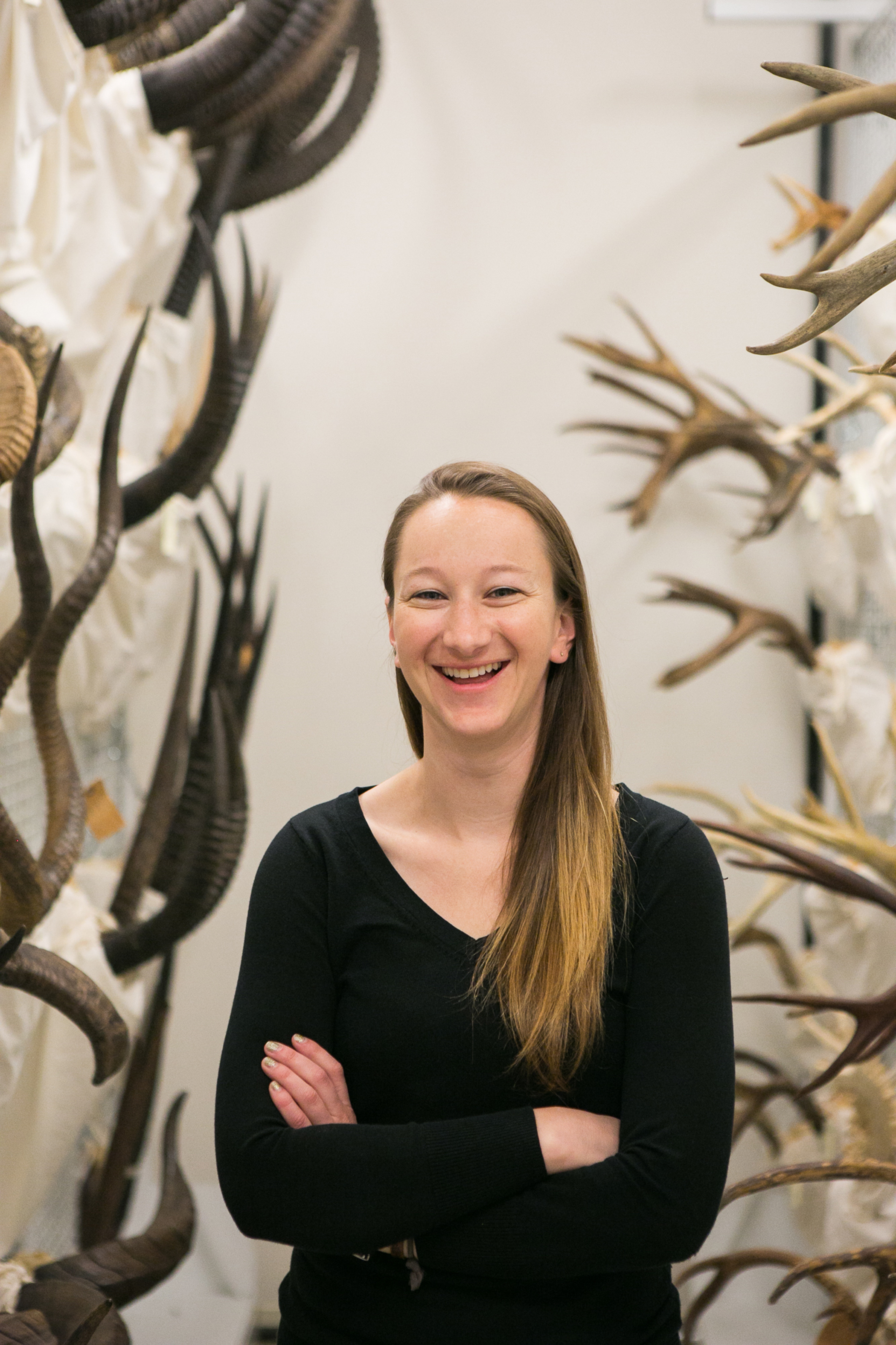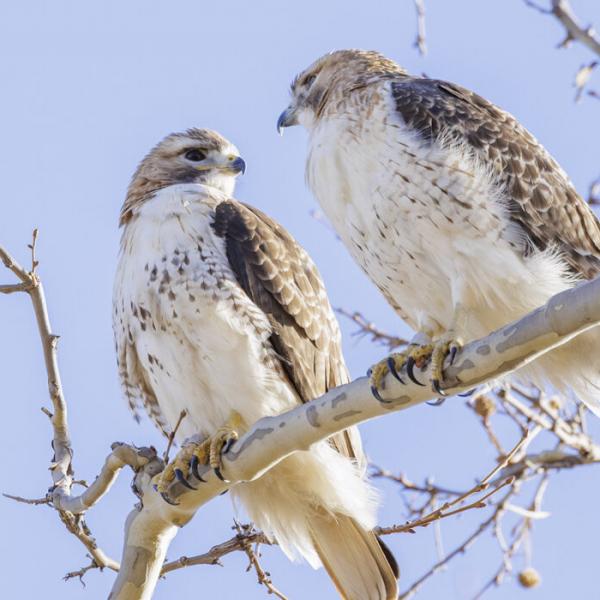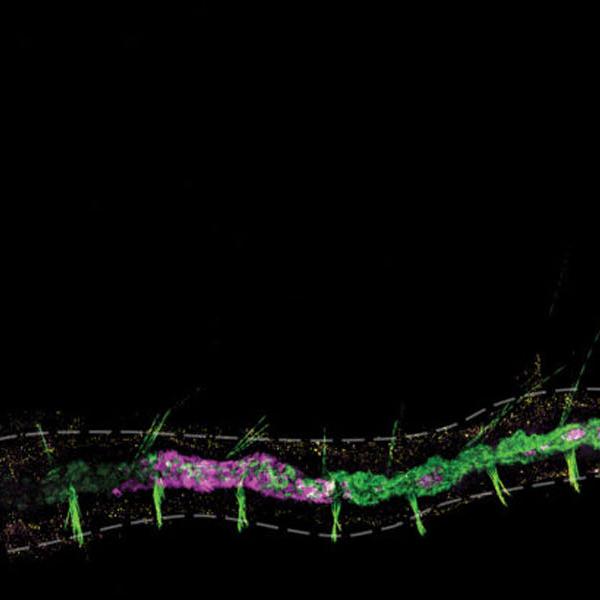Elizabeth Carlen is a Living Earth Collaborative postdoc and NSF postdoctoral fellow working in the Losos lab at Washington University.

She completed her PhD in Jason Munshi-South’s Lab at Fordham University in New York City. Munshi-South is at the forefront of the field of urban evolution, which examines how organisms evolve in response to urbanization.
“We previously assumed that evolution was a really slow process, taking millennia to occur. What we’ve been finding recently is that it can actually happen very quickly. The relatively new concept of urban evolution allowed me to bring all these parts of my life together— my love of cities and people, and my desire to study animals—and work in this really cool new field,” Carlen said.
Fordham University’s location was the perfect place for Carlen to start her urban evolution career. Carlen remarked that New Yorkers would walk right by her on the street, without even noticing that she was catching pigeons with a net gun and taking blood samples because it was “guaranteed not the weirdest thing they had seen that day!” While the average New Yorker may have passed her by, she became known as the “Pigeon Stalker” a title bestowed upon her by the New York Times and Saturday Night Live’s Weekend Update even featured her research.
Carlen’s work in St. Louis and the surrounding area will focus on squirrels and how they may be evolving and adapting to urbanization. She will compare a variety of urban squirrel populations to squirrels in more suburban and rural areas, including Tyson Research Center.
“Across St. Louis, I’ll be looking at how environmental racism influences the population structure of squirrels. We know that St. Louis has this long history of racism which impacts where illegal dumping occurs, where pesticides are sprayed, where parks are taken care of, and where street trees are planted. All of these features influence the physical environment, and subsequently, the flora and fauna of that area,” Carlen explained. In a short time, she’s already made connections with community members who are recommending neighborhoods and places for her to find squirrels.
One thing that Carlen enjoys about working as a biologist in cities is providing opportunities for spontaneous learning. “One of the best things about studying urban ecology and evolution is when you’re working in the city, people end up getting these impromptu science lessons where they get to really see, hands on, how we’re doing science. It can be powerful watching someone in your city demonstrating that there’s still many questions, even on common animals, that we don’t have answers for yet.”
In future research, Carlen plans to continue to ask questions about urban evolution in different taxa to understanding whether or not certain patterns are universal. Ultimately, she hopes to work with city planners and policy makers to design cities that address the needs of both people and animals.
“I want to understand fundamental truths about ecology and evolution. Cities are great places to live. You get all these interactions with people that are honestly more sustainable than having us spread out across a bunch of land where we’re all driving cars. I really enjoy cities. And I want to make them great spaces for humans and animals,” Carlen said.
To learn more about Elizabeth Carlen’s research, visit http://www.elizabethcarlen.com/.






